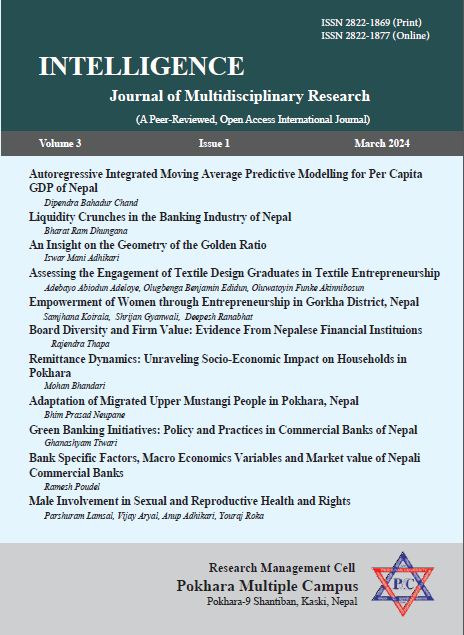Male Involvement in Sexual and Reproductive Health and Rights
DOI:
https://doi.org/10.3126/ijmr.v3i1.65483Keywords:
Male involvement, Sexual health, Reproductive health, Policies, EquityAbstract
Sexual and reproductive health and rights focus on advocating, supporting, and participating in various aspects of male involvement in sexual and reproductive health and rights. Family planning, safe abortion, HIV and RTIS/STI prevention and treatment, and maternal health care pursue male involvement. The article employs a review of relevant contemporary literature from various resources. Men have three specific sexual roles as clients, supportive partners, and agents of change to their spouses as well as societies. More specifically, men's involvement accelerates the effectiveness of family planning programmes, promotes mitigating gender-based violence, promotes women empowerment, enhances adolescent reproductive health, maternity care, and knowledge and behavior change on HIV/AIDS, STIs, and RTIs. However, there are more significant challenges to male involvement in sexual and reproductive health and rights. Despite the need for men’s involvement in SRHR, there are barriers in various forms, such as social stigma, cultural determinants, and financial restrictions. Government policies can address the barriers to providing equitable services to needy people.




